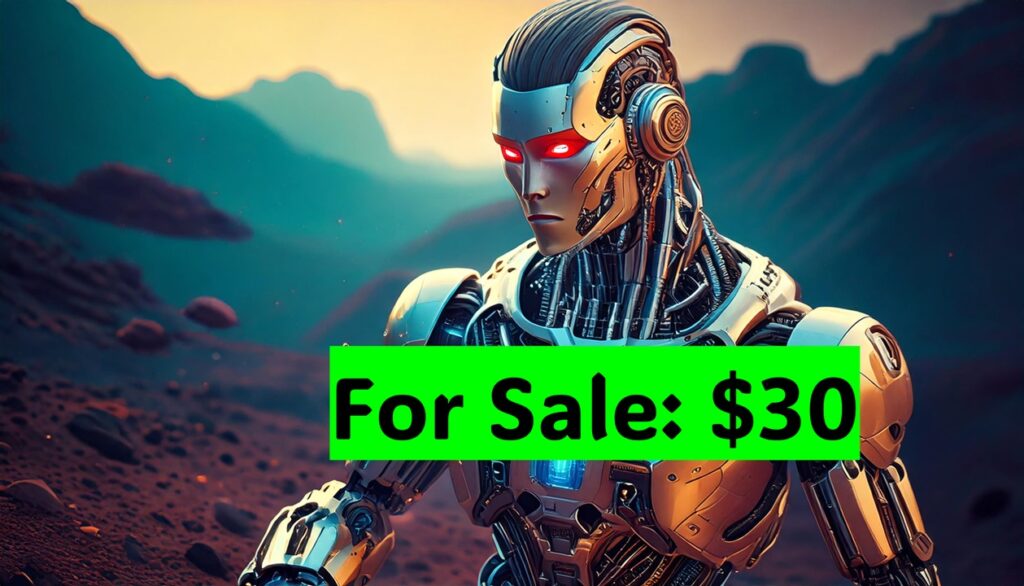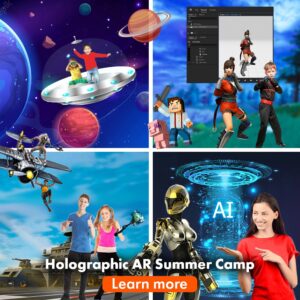
While the world is shaken by DeepSeek’s $6 million AI—a model that challenges OpenAI’s billion-dollar-trained O1—the latest development takes this revolution even further: You can now do it with just $30. The idea of building a powerful AI system is no longer reserved for tech giants with unlimited resources. Everyone, from researchers to students, can afford to experiment with AI at an unprecedented scale.
The Breakthrough: A $30 DeepSeek Alternative
Jiayi Pan, a PhD student at the University of California, Berkeley, and his research team claim to have successfully replicated core functionalities of DeepSeek’s R1-Zero AI model for a mere $30. Their approach, though significantly smaller in scale, demonstrates a fundamental shift in AI development—one where optimization and efficiency can rival brute-force computational power.
Dubbed TinyZero, their model was trained on a numerical problem-solving game using reinforcement learning. Initially, it produced random, unstructured outputs, but over time, it learned from its mistakes, refined its strategies, and improved its accuracy. The process mimics the learning approach used in more advanced AI models but operates on a dramatically reduced budget.
How Does This Work?
Instead of relying on massive datasets and high-powered computing clusters, Pan’s team used a more efficient, strategic training process. Their model began with simple tasks and gradually improved through self-correction, much like how humans refine their skills through practice.
The key technologies involved in this breakthrough include:
- Reinforcement Learning (RL): The AI is rewarded for correct answers and penalized for mistakes, gradually refining its approach to problem-solving.
- Self-Verification and Search Optimization: Instead of passively memorizing patterns, the model actively searches for solutions and learns from its own outputs.
- Parameter Efficiency: While DeepSeek’s largest model has 671 billion parameters, TinyZero operates at just 3 billion parameters, proving that AI power doesn’t always come from sheer size, but from smart design.
Implications for AI Research and Industry
This development raises significant questions about the future of AI:
For AI Professionals
If a student research team can achieve meaningful results with $30 and reinforcement learning, then the traditional approach of scaling AI through massive computational investment is being disrupted. This challenges the financial model of AI companies and encourages a new wave of innovation focused on efficiency and creativity.
For the General Public
AI is no longer an exclusive technology limited to large corporations. This shift means that startups, independent developers, and even hobbyists can now explore AI at a fraction of the previous cost. More affordable AI means wider accessibility, enabling people from all backgrounds to engage with cutting-edge technology.
Why Everyone Should Learn AI
AI is evolving faster than ever. Today’s breakthroughs redefine what’s possible, and tomorrow’s innovations could make AI even more accessible. Whether you work in tech or not, understanding AI is becoming as essential as knowing how to use a computer.
For parents and educators, this is an urgent call to action: Your children should learn AI now. The future job market will be dominated by AI-driven industries, and giving kids early exposure will prepare them for careers that don’t even exist yet.
How to Get Started with AI Training
If you want to understand AI—whether for yourself or your children—Integem (https://www.integem.com/) offers hands-on AI training programs for adults, teens and kids (https://camp.integem.com/). These programs provide a structured way to learn AI fundamentals, including machine learning, reinforcement learning, and AI model training, in an engaging and practical environment.
Want to Dive Deeper? Here’s the Technical Background
If you’re interested in learning more about how AI models are trained, this section provides a deeper look into some of the core concepts behind Pan’s experiment.
What Is AI Training?
AI training is the process of teaching a machine learning model to recognize patterns, make predictions, or solve problems based on data. This involves feeding the model large datasets, allowing it to adjust its internal parameters until it produces accurate results.
What Is Reinforcement Learning?
Reinforcement learning (RL) is a training method where an AI learns by trial and error. It receives rewards for correct actions and penalties for mistakes, gradually improving its performance over time. This technique is widely used in game-playing AIs, robotics, and decision-making systems.
What Is Knowledge Distillation?
Knowledge distillation is a process where a large AI model “teaches” a smaller AI model, transferring its knowledge to create a more efficient, lightweight system. It’s unclear whether Pan’s model used knowledge distillation, but this technique is often employed to shrink powerful AI models while retaining their capabilities.
The Future of AI: Smarter, Not Bigger
The success of TinyZero proves that AI doesn’t need to be big—it just needs to be smart. As AI continues to evolve, expect more breakthroughs that prioritize efficiency, accessibility, and cost-effectiveness over raw computing power.
Now is the time to learn AI, explore new possibilities, and prepare for a future where AI is a part of everyday life. Whether you’re an AI researcher, a business professional, or a parent thinking about your child’s future—understanding AI is no longer optional. It’s a necessity.




Recent Comments